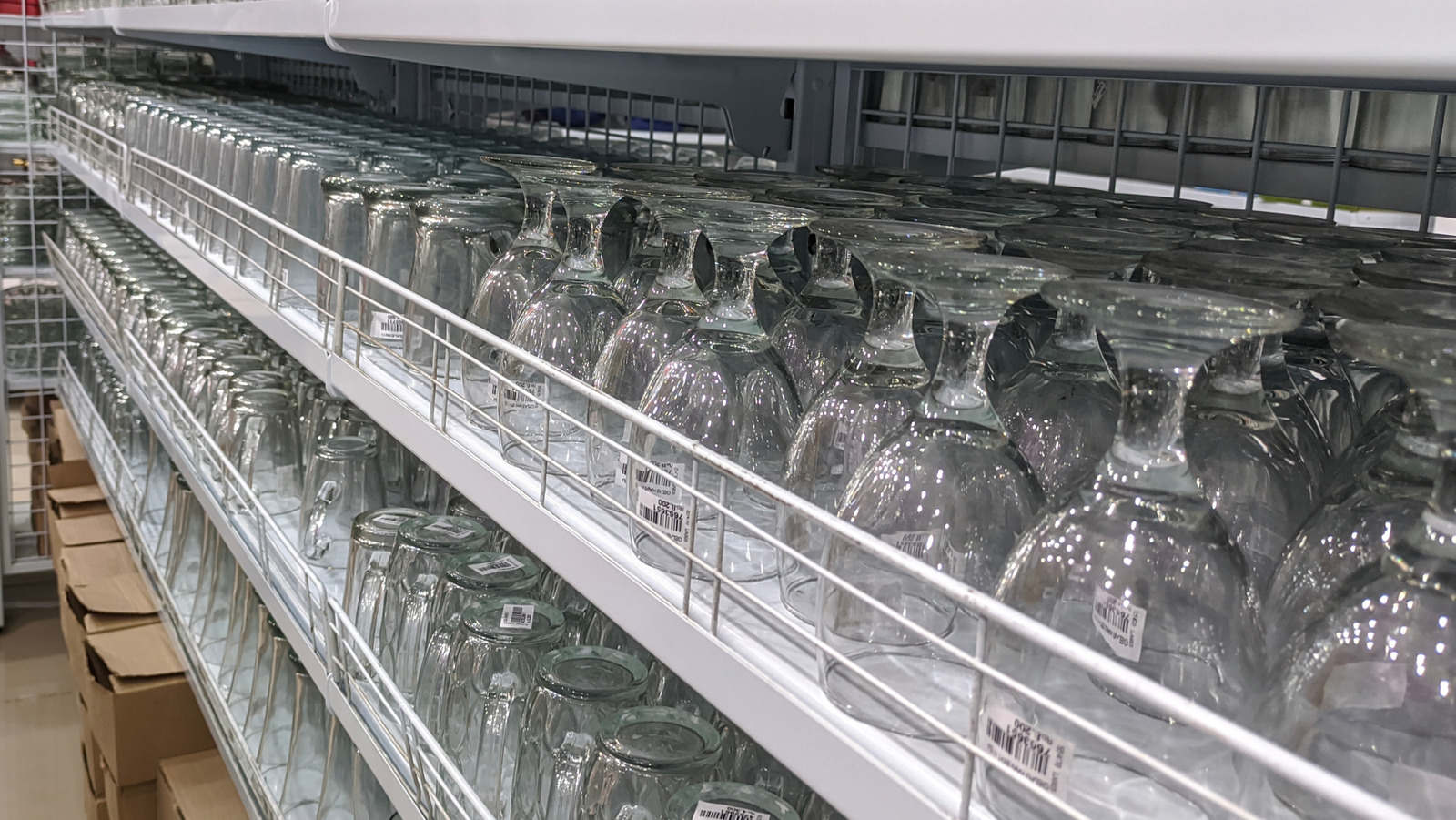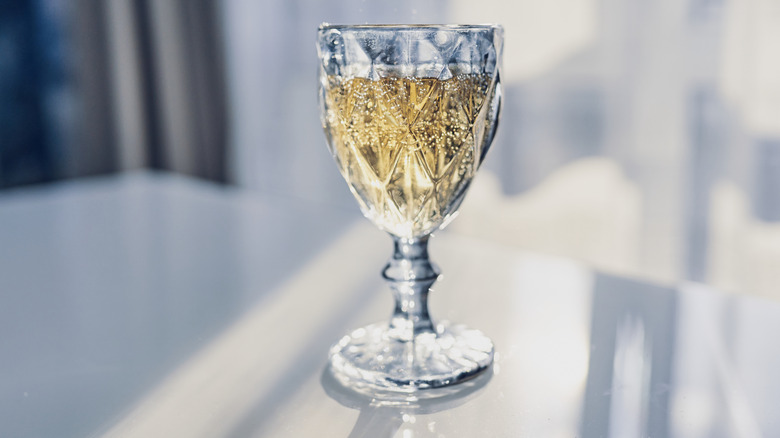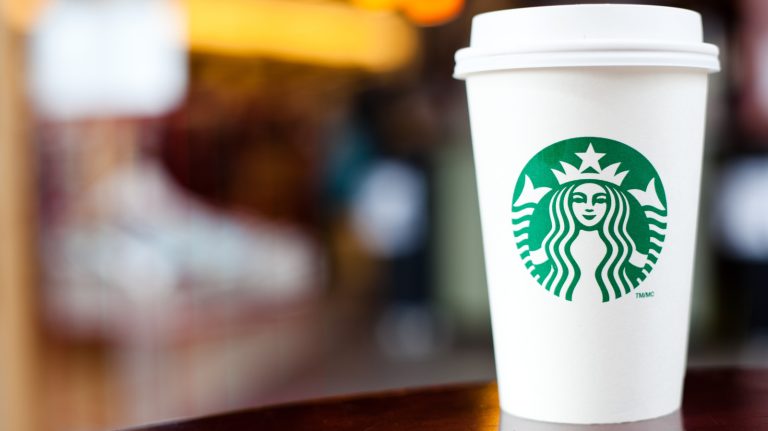There are plenty of valuable items you can score at your local thrift store, whether you’re looking to make a few extra bucks reselling or hoping to keep them for your collection. Old cookbooks and cast iron skillets, yes, but also vintage bowls of Fiestaware and vintage kitchen storage jars that you won’t find anywhere else. Maybe you’ve spotted a beautiful set of drinkware that would be perfect for your Friday night dinner party, but you want to know if you’re about to spend $12.99 on high-quality crystal or subpar glass goblets, since you don’t recognize the name on the label. Well, there’s one hack that just may help.
A one-second trick for spotting glass versus crystal items at the thrift store is to use the sound test, otherwise known as the fingernail test. Gently — and we do mean gently, no need to break anything before you’ve bought it — flick the item with your fingernail and listen to what kind of noise it makes. If it makes a dull “clink” or “ding” sound, sort of like when you toss a pebble at a window, then you’ll know you’ve picked up glass. If it makes a high-pitched ringing sound like a bell, including a bit of reverb or echo, then you’ve likely picked up crystal.
What sets crystal drinkware apart is more than just sound
It’s not entirely uncommon to find genuine crystalware at thrift stores, antique shops, or estate sales, although Goodwill did name it one of the three rarest (and most expensive) items to find. Oftentimes, many don’t know what they have or don’t care to keep random glassware, so they donate it instead. But crystal pieces are coveted for their durability and beauty. Crystal is technically a type of glass made with lead oxide, the very ingredient responsible for distinguishing it from regular glass. The amount of lead means it’s safe to drink out of crystal in small doses (such as at dinner parties), but it’s probably best not to leave liquids for prolonged periods.
Besides the sound test, there are other visual markers you can use to distinguish crystal from glass drinkware. If you hold it up to the light, crystal will form rainbow prisms, while regular glass will not. Crystal is also heavier and thinner than regular glass, so don’t be afraid to carefully pick up the drinkware to examine it from all angles. Additionally, the designs on crystal drinkware tend to be more intricate than regular glass, especially with older items. Once you’ve determined whether the goblets are true crystal or just regular glass, you can feel even fancier the next time you break open a bottle of Ottella Lugana Bianco, the absolute best value white wine to grab off the bottom shelf.






